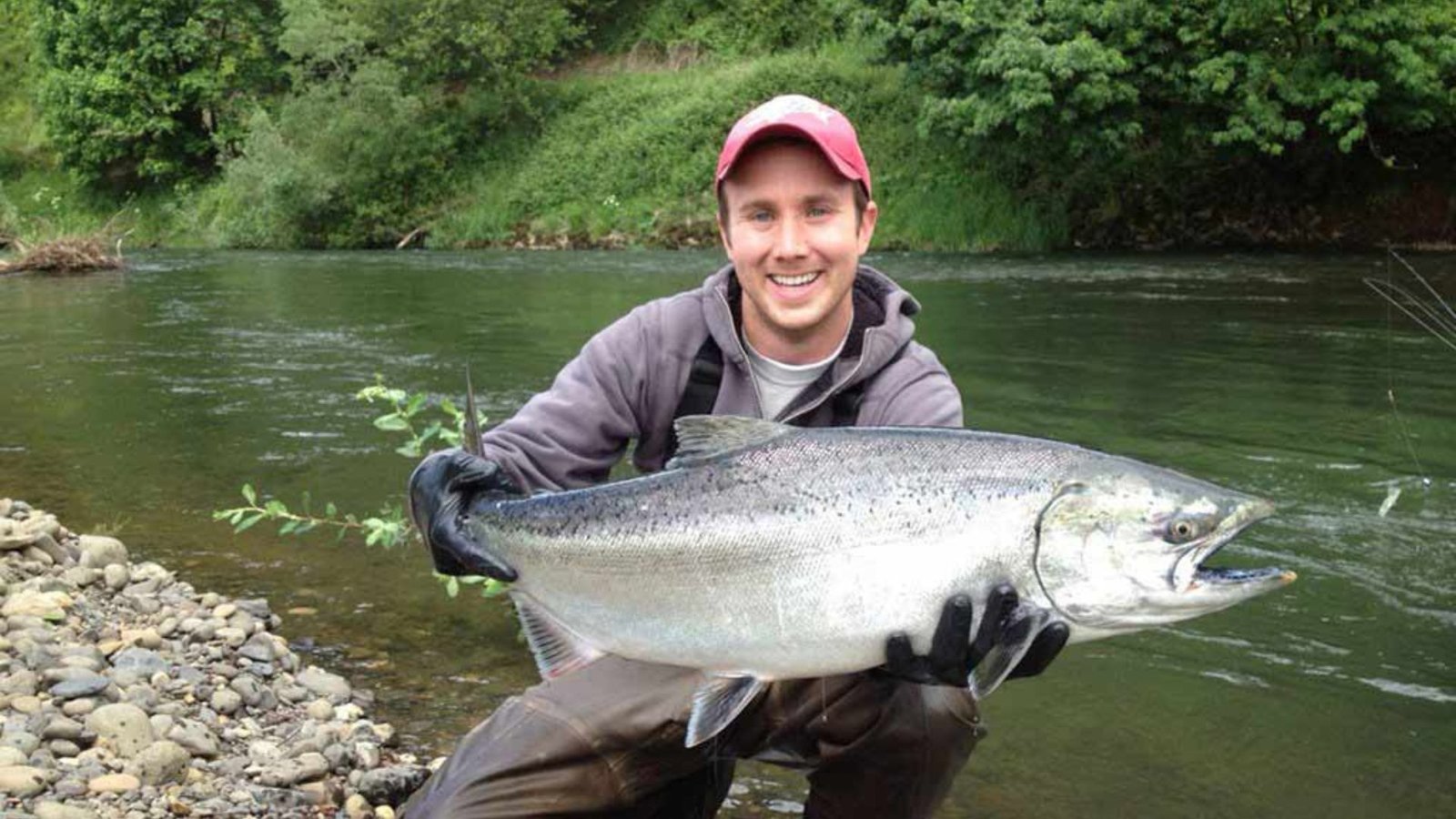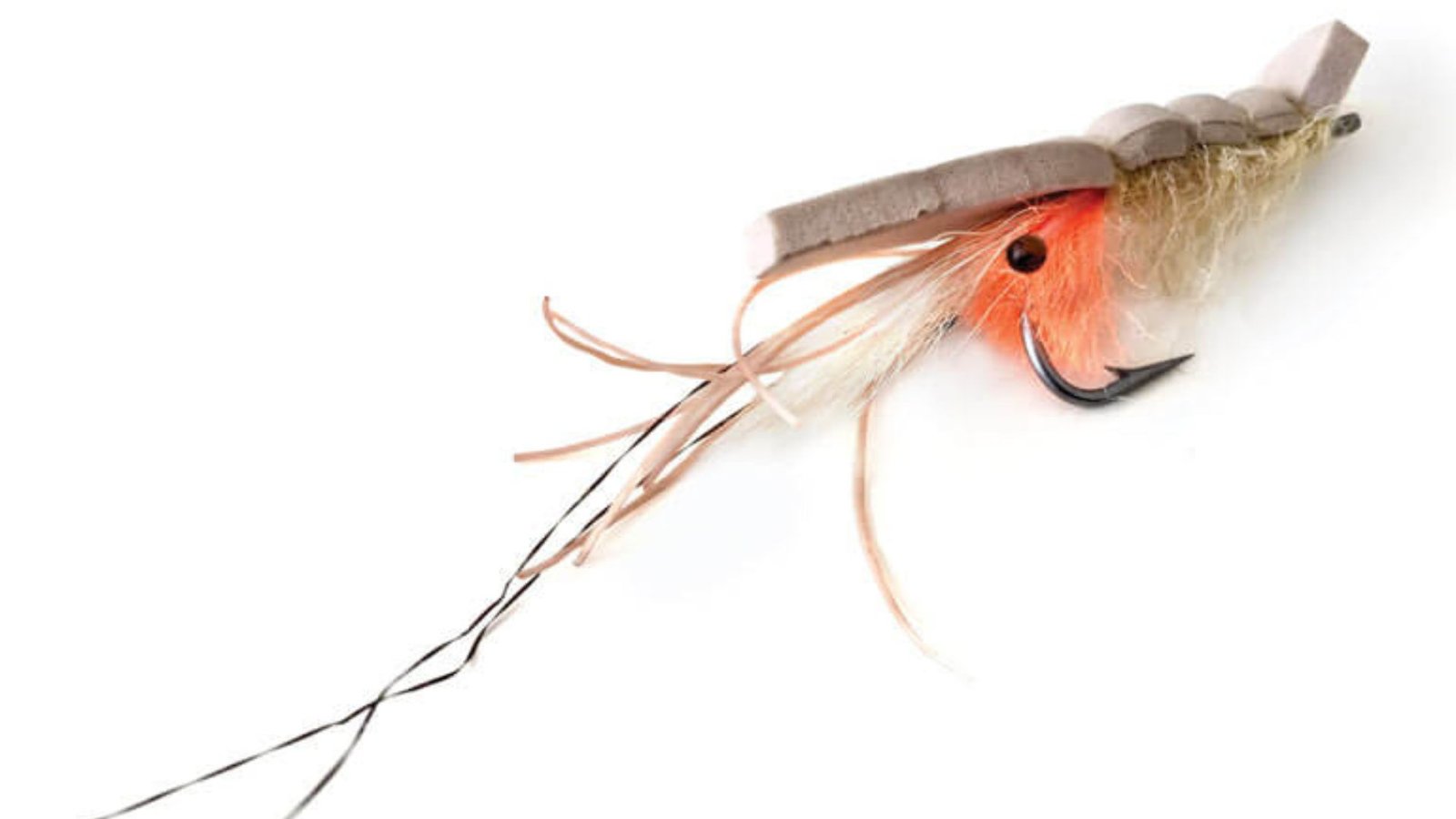Salmon fly fishing requires adaptability and skill to successfully hook these elusive and powerful fish. By refining your techniques and adapting to varying fishing conditions, you can significantly improve your chances of a successful catch. Here are the top 10 tips to help you adapt your technique with salmon flies for a more productive fishing experience.

Top 10 Tips for Adapting Your Technique with Salmon Flies
Observe Water Conditions
Pay attention to water clarity, flow rate, and temperature to determine the most suitable fly fishing techniques. Adjust your approach based on whether salmon are holding in deep pools, running in fast currents, or feeding near the surface.
Match the Hatch
Select fly patterns that mimic local insect hatches or prey species present in the water. Matching the hatch increases the likelihood of enticing salmon to strike your fly, especially during periods of active feeding.
Experiment with Retrieval Speeds
Vary your retrieval speeds to find the optimal pace that triggers strikes from salmon. Slow retrieves may be effective in colder water or when fish are lethargic, while faster retrieves can provoke aggressive responses in more active fish.
Adjust Fly Depth
Use techniques like nymphing or indicator fishing to adjust the depth at which your fly is presented to salmon. Target fish holding at different water depths, particularly in rivers or lakes with varying currents and structure.
Modify Fly Size and Color
Alter the size and color of your flies based on environmental conditions and salmon preferences. Larger flies may be more visible in turbid water or attract larger fish, while natural colors can blend seamlessly into clear water conditions.
Employ Different Casting Techniques
Master various casting techniques such as overhead casts, roll casts, and spey casts to adapt to different fishing environments. Practice precision casting to place your fly accurately near cover or into tight spots where salmon may be lurking.
Use Sinking Lines or Floating Lines
Choose between sinking lines or floating lines depending on the water depth and fishing conditions. Sinking lines allow you to fish deeper water layers, while floating lines are ideal for surface or near-surface presentations.
Pay Attention to Weather Patterns
Monitor weather patterns such as wind direction, cloud cover, and precipitation to anticipate changes in fish behavior. Adjust your fishing strategy accordingly to capitalize on favorable conditions or adapt to challenging weather.
Stay Versatile with Fly Presentation
Experiment with different fly presentations, including dead drifting, swinging, stripping, and twitching, to determine which technique elicits the strongest response from salmon. Adapt your presentation based on fish reactions and environmental cues.
Practice Patience and Observation
Develop patience and keen observation skills to interpret fish behavior and refine your fishing approach. Observe how salmon react to your flies and adjust tactics based on subtle changes in their feeding patterns or movement.
By incorporating these top 10 tips into your salmon fly fishing repertoire, you can enhance your adaptability on the water and increase your chances of landing prized salmon. Continuously refine your techniques, stay attuned to environmental cues, and embrace the challenge of adapting to ever-changing fishing conditions for a rewarding angling experience



